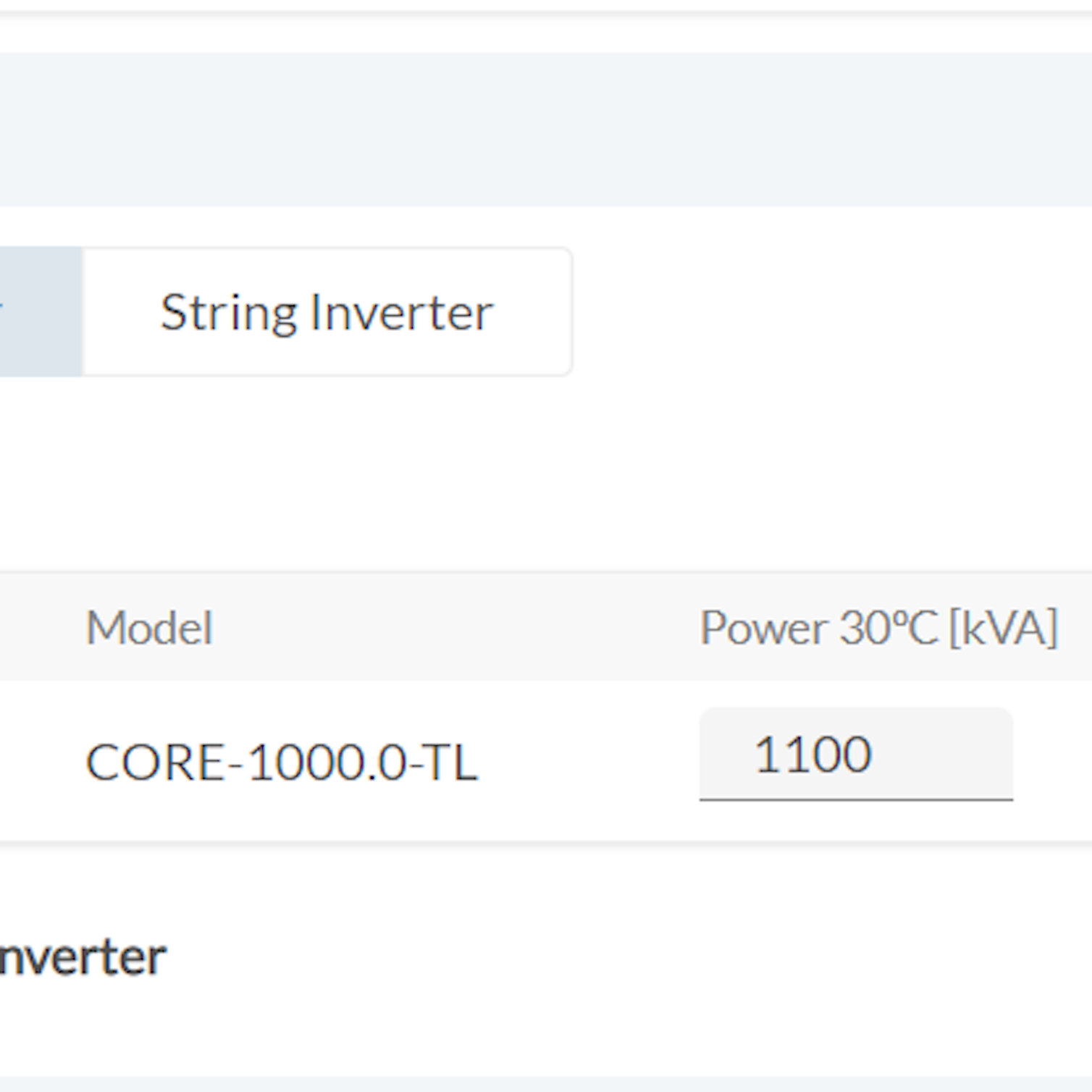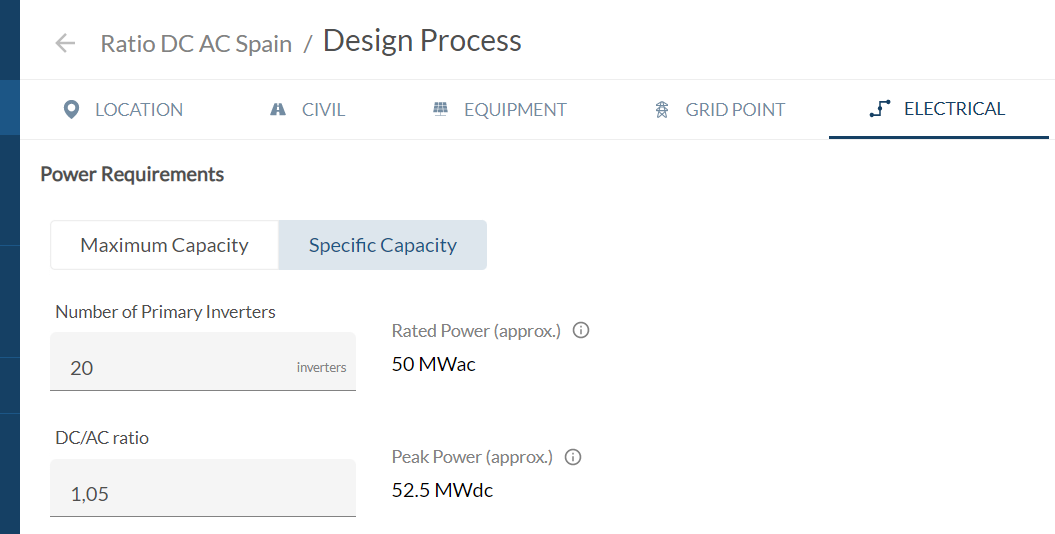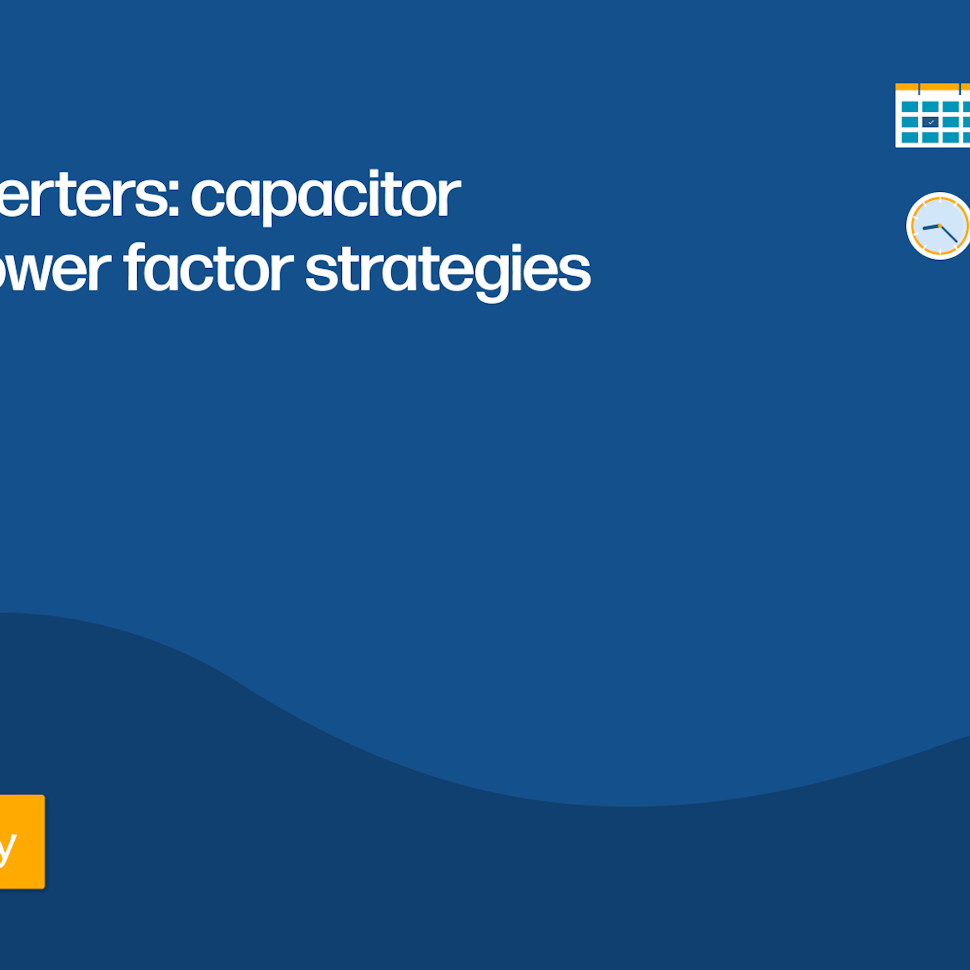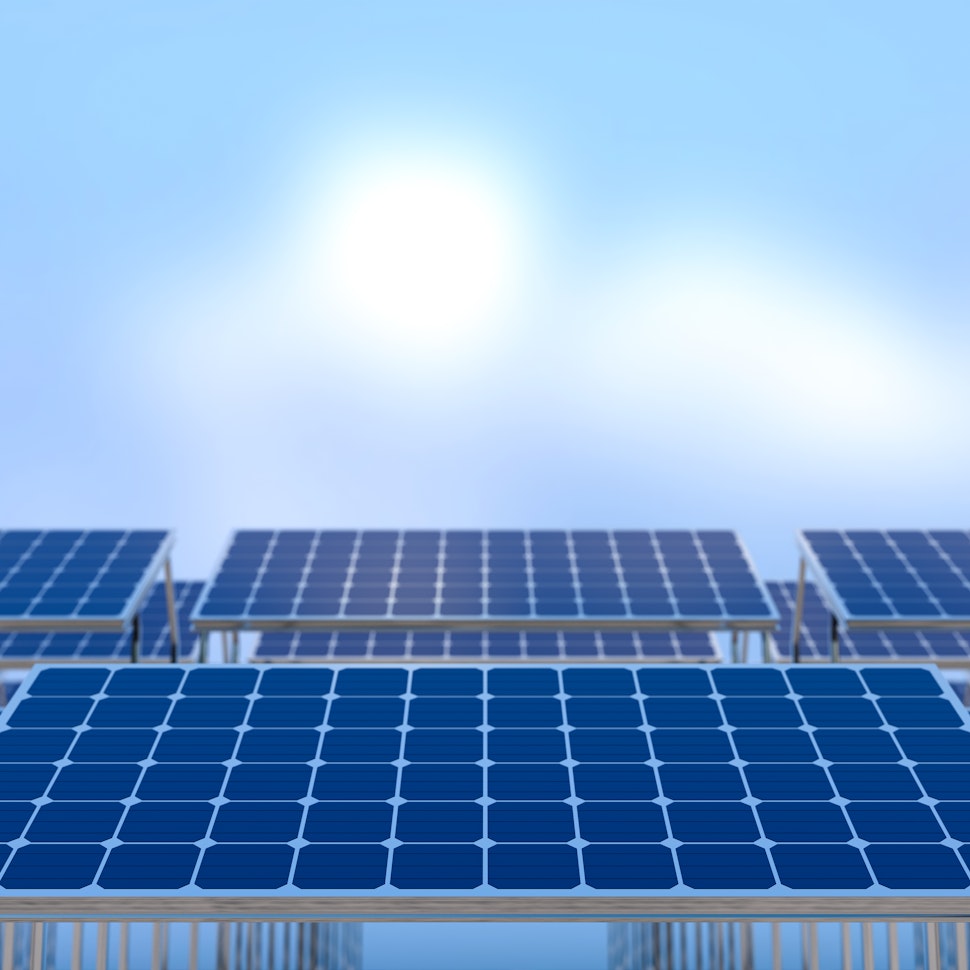- Solar energy blog
- DC/AC ratio: How to choose the right size solar inverter?
DC/AC ratio: How to choose the right size solar inverter?


Nacho Álvarez
PV project engineer
I am an engineer. I like numbers and techno music. I owned a brewed beer called Drifter Ale.

Content
One of the main challenges a PV developer faces when designing a PV system is making the right decisions about the DC/AC ratio of their solar fields. It is crucial to know how to choose the right ratio and which factors you need to take into account.
Over this article, you'll learn:
What is the DC/AC ratio of a PV system —and why it is important when designing it.
A proper choice of peak power is key to optimize the project.
Optimal oversizing depends on a variety of factors. Key choices as selected equipment; cost template, topography or meteorological conditions affect.
You can lean on software for sizing a PV plant. Make sure it includes not only equipment features —but also site conditions.
What is the DC/AC ratio?
Simplifying a lot, there are two key elements in a PV plant. On one hand, the PV modules. They convert sunlight into DC direct current electricity during daylight hours.
On the other, the inverters. They transform the electricity photovoltaic modules generate into alternating current (AC) electricity. This way home and businesses can consume the solar sourced electricity.
When designing a PV plant, you have to ask yourself two questions:
How much DC power the PV modules will generate?
How much AC power inverters can convert?
The DC/AC ratio is the relationship between the amount of DC power of the modules linked to the AC power of the inverters.
Dimensioning your PV plant
Dimensioning a PV plant means picking the number of modules of a PV system —also known as peak power—. It relates to the AC rated power of the inverters. But, there are other key factors affecting this. Meteorological conditions of the place or equipment efficiency are important too.
Manufacturers define their PV module output in standard test conditions (STC). STC are 1000W/m2 of radiation and 25°C cell temperature, which is approximately equal to 0°C ambient temperature. STC conditions aren't usually met in real life, lowering PV plant energy production.
The PV module output power varies throughout the day. It increases when receiving higher radiation at a lower temperature. So it is usual that the module doesn't generate the DC peak power shown in its data sheet steadily.
This is the main reason for installing a PV array with higher peak DC power than the rated AC power of the inverters. A proper choice of peak power is key to optimize the project.
How to pick the best DC/AC ratio?
If you choose a peak power equal to the nominal power, you'll get an undersized solar field. It means you can get the same energy yield with less inverters —or producing more energy by installing more modules.
If you choose a peak power higher than the nominal one, you'll get an oversized PV plant. This will saturate the inverters over the year and limit the plant power generation.
So, how to pick the best DC/AC ratio?
The optimal DC/AC ratio depends on a broad number of factors. Ranging from the equipment you choose, the site meteorology or its topography.
We'll use RatedPower software to debrief how to get the optimal DC/AC ratio based on your design.
Iterate your DC/AC ratio at scale
You can use RatedPower to dimension both the PV plant DC power and the inverters AC power. Input your desired DC/AC ratio for the PV system —and optionally the exact AC power of the inverters.

RatedPower helps you to get the optimal DC/AC ratio for each of your designs. Including weather conditions (TMY), equipment, civil and electrical setup.
Using the batch tool, you can create up to 10 designs with different DC to AC ratios in one go. Adding a cost template for the PV project you'll get the LCOE of those designs.

Then, you can compare and check your preferred design. For example, picking the one with better performance ratio, lowest LCOE of energy production.
How can a solar developer optimize PV projects from the very beginning? Watch this session with experts on the field.
An example
Let's get hands on the effects of oversizing the solar field. We took this PV project based in Germany.
The nominal power of the plant is 50 MWac and we have chosen the following equipment:
One 450 W single-phase module
One 2500 kW central inverter
A single-axis 2V tracker with 90 modules
We have used the IRENA-based pricing template provided by RatedPower for this plant.
Also, we have chosen costs of:
About 10 €/kWp for the OPEX value
A 7% discount rate
First of all, we have performed 10 batch designs with a range of DC/AC ratio from 1.05 to 1.5 in 0.05 spacing. Among the 10 designs, those with DC/AC ratio between 1.15 and 1.20 have reached a lower LCOE and are very close to 49.3 €/MWh.

The design with the lowest DC/AC ratio (1.05) has a lower CAPEX. It makes sense since it requires fewer modules. But it doesn't achieve the lowest LCOE, due to the undersizing of the solar field in relation to the inverter.
Designs with DC/AC ratios closer to 1.2 show higher CAPEX than the rest, but near optimal specific output. This leads to a more competitive LCOE.
Designs whose DC/AC ratio are higher have larger CAPEX (there are more modules) and very low specific production. The reason is because the limited inverters waste part of the energy generated in the PV field.
We can re-run a batch design again. Let's make the DC/AC ratio range from 1.15 to 1.2 in 0.01 span. Now, we can assure the most optimal DC/AC ratio for this PV project —and its equipment— is 1.18.
Webinar: Beyond inverters: capacitor banks in power factor strategies
Join our Sr. Product Owner, Enio Gjoni, to see first-hand the flexibility within RatedPower’s platform for selecting different power factor strategies.

Latest stories
Related posts
Technology and engineering
Innovation in renewable energy: Developments expected in 2025
We look at the 10 biggest renewable industry developments that are making a green future possible, including perovskite solar cells, green hydrogen, and more.
Updated 18 MAR, 25

Technology and engineering
What the future holds for the longevity and efficiency of solar panels
Tests done by the French photovoltaics group Hespul showed that the panels, installed in 1992, are still operating at an astonishing 79.5% efficiency. Read on to find out more.
Updated 4 MAR, 25

Technology and engineering
Concentrated solar: An unlikely comeback?
Once described as obsolete, the concentrated solar power market ballooned to $53 billion in 2023 and is still growing. Here’s why CSP is making a comeback.
Updated 12 NOV, 24

- RatedPower
- Solar energy blog
- DC/AC ratio: How to choose the right size solar inverter?
